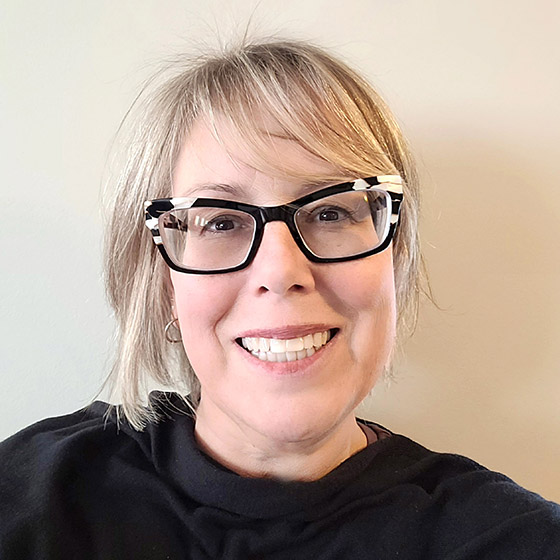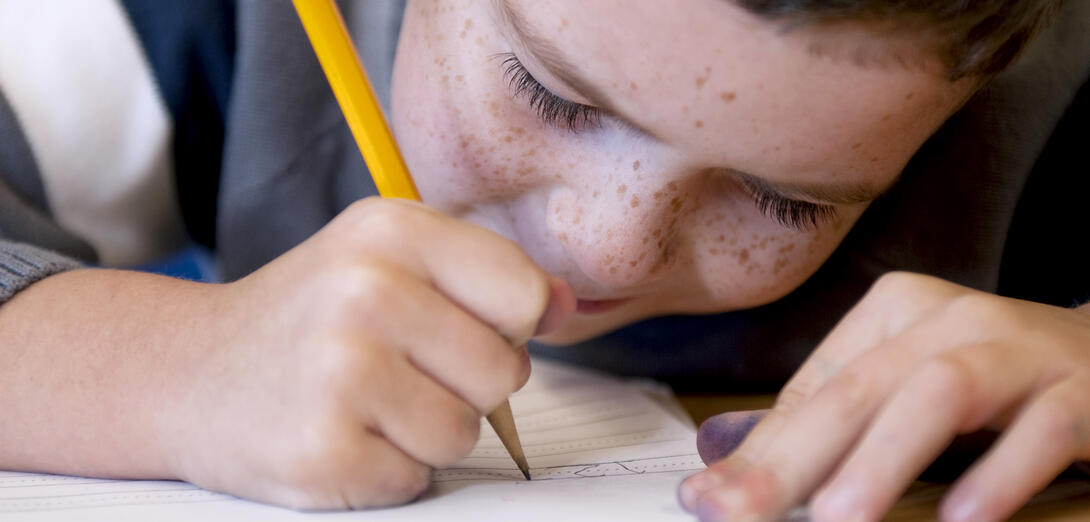As a Canadian, I used to feel a bit smug when I heard about book bans. That was an American problem, right? Surely not something we’d see in our corner of the world. Yet here we are.
Recently, Alberta’s education minister, Demetrios Nicolaides, announced that new standards would be implemented to ensure only “age-appropriate” books are available in school libraries. This announcement was met with some questions and concerns about what prompted this move and where this could lead.
Should the books in schools be developmentally and age appropriate? Absolutely. But the Alberta government’s own Senior High School English Language Arts: Guide to Implementation hits the nail on the head: “[A]lmost all texts have the potential to be controversial… To [avoid them] would undermine one of the central purposes of education.”
So, what’s a teacher to do?
We know the first step to fostering a love of reading is simple: let kids read. Not just textbooks or assigned novels, but books they actually want to read. Choice is powerful. It’s the difference between a lifelong reader and someone who sees reading as a chore.
Sure, we can’t let students read anything they want in class. But giving them a voice—offering some options, letting them explore different genres—can be transformative. When students feel their voices matter, they engage more deeply.
Personally, if I’d only been allowed to read fantasy, I wouldn’t be the reader I am today. (My brother, on the other hand, would’ve been thrilled.) I lived in the library as a kid, devouring everything from classics to graphic novels. I still remember discovering Moby Dick—not the original, but a graphic novel version. It was the only way I made it through that whale of a tale.
Graphic novels often get a bad rap—and it was graphic novels/memoirs that were cited as the reason for the government’s review—but they were my gateway to literature. Notably, it’s not the violence or gore that raised red flags (Minister Nicolaides indicated that graphic violence is “probably not” an issue). Rather, it’s books that explore identity, culture and, yes, the 2SLGBTQIA+ community. Some groups have launched coordinated efforts to challenge such books, labelling them as inappropriate or even pornographic. While some books may not have a place in a school library, it’s a slippery slope to navigate.
Take The Kite Runner—graphic, heartbreaking and eye-opening. Or Captain Underpants, a perennial favourite in middle school libraries. Both have made it onto lists of challenged books. So have Harry Potter, Bone and Bad Kitty. The reasons vary, but the result is the same: fewer stories, fewer perspectives, fewer chances for students to see themselves—or others—in the pages they turn.
And let’s not forget the elephant in the room: Alberta schools can’t even staff librarians anymore. Chronic underfunding has left many schools without the very people trained to guide students through the literary landscape. That’s the real crisis the government should be addressing.
Books open minds. They spark empathy. They challenge us. As teachers, we must protect that. Let’s keep our shelves diverse, our minds open and our students reading—not just what’s uncontroversial, but what’s meaningful.❚
I welcome your comments. Contact me at kristine.wilkinson@ata.ab.ca.

ATA News Editor-in Chief


